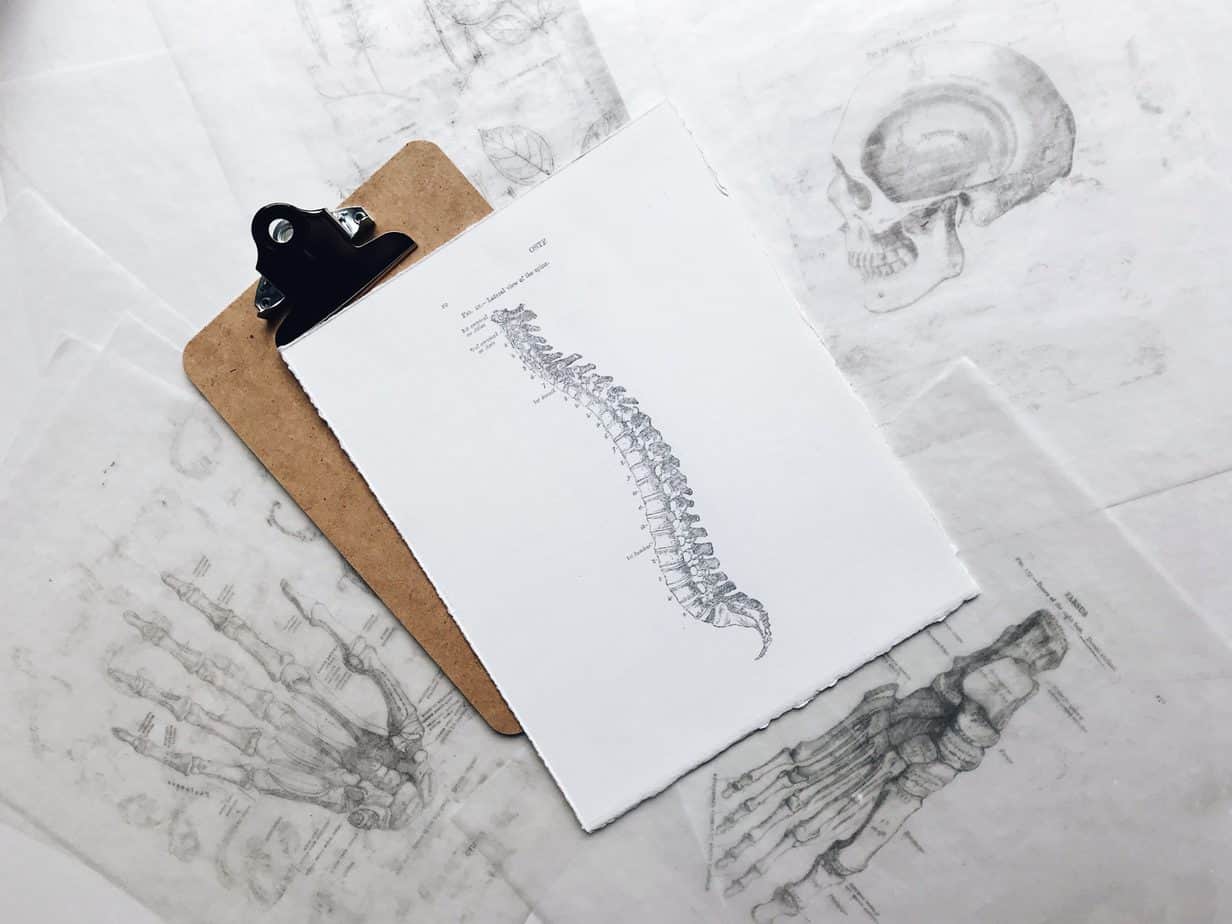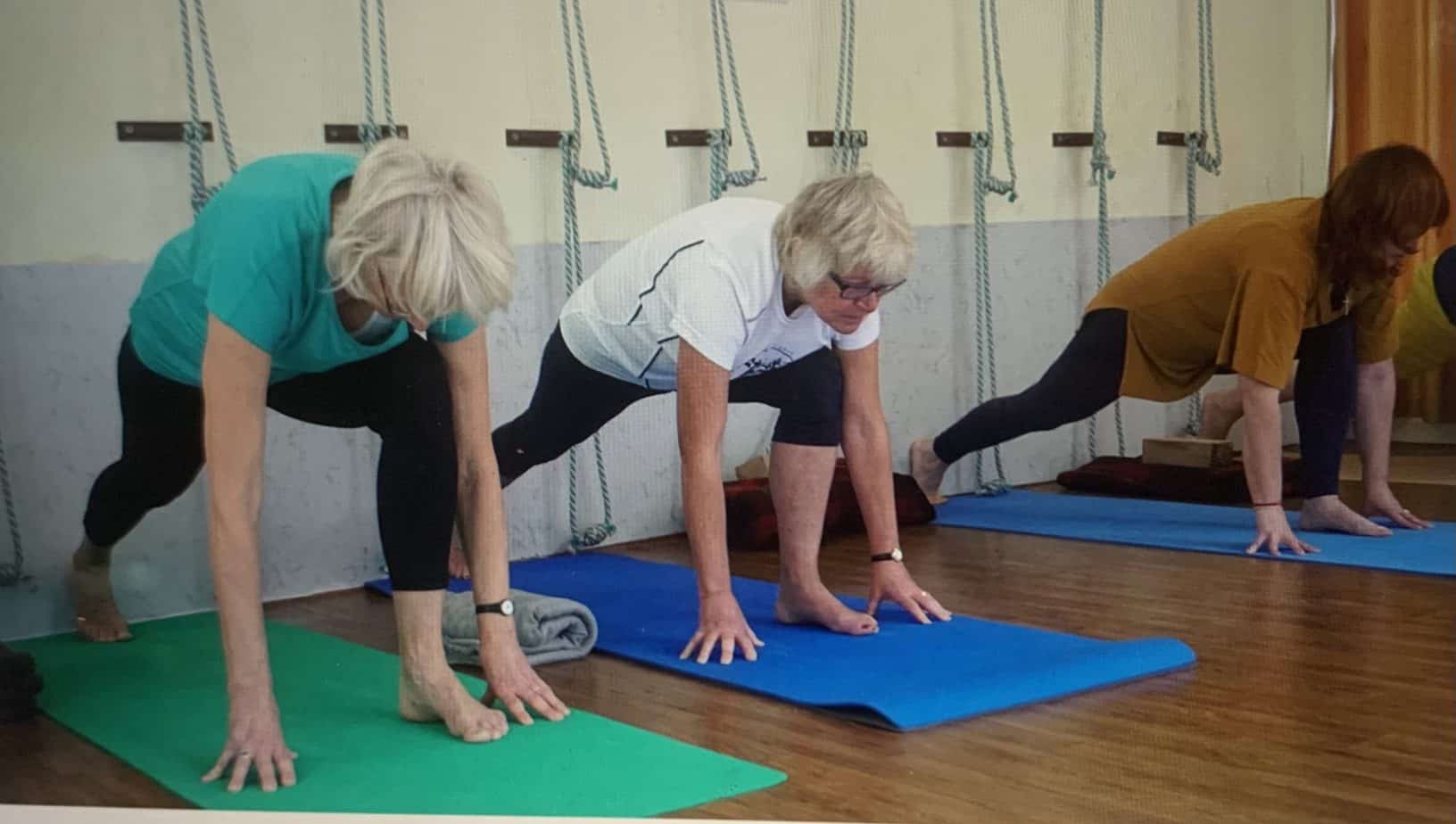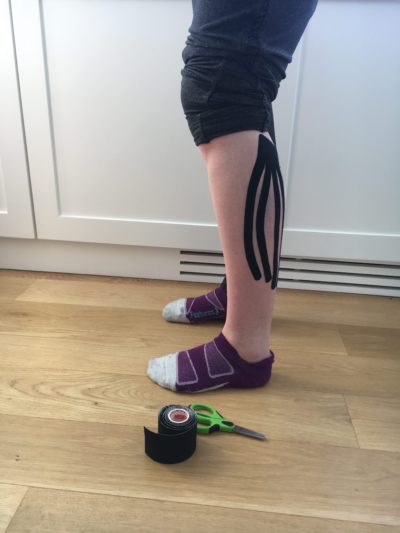Postpartum Running
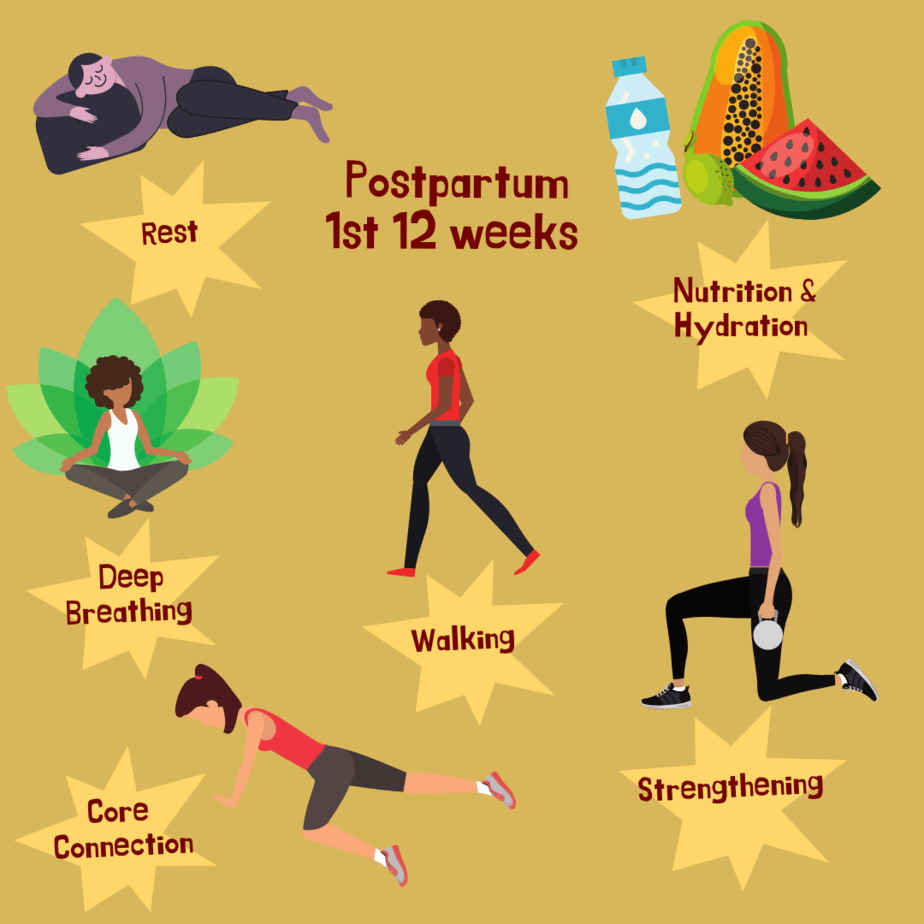
When is it safe to return to running after having a baby?
While there is not a perfect prescription for exercise that applies to every mother during this period, there are a few things to consider before jumping back into your prior level of pre-pregnancy exercise.
Wait at least 12 weeks
New mothers are typically cleared to return to exercise during their 6-12 week postpartum check up and are advised to return gradually. Recovery from childbirth takes time, whether it was vaginal delivery or cesarean. The body has its own time frame for healing. Running is a high impact sport that places a lot of strain on the body. Postpartum mothers need adequate time to heal, so they can regain strength in their abdominal and pelvic floor muscles. These muscles are part of the foundation of muscle innervation for pretty much every single movement or activity. Recent studies have noted that the muscles and soft tissue structures of the pelvic floor continue to heal past the 6-8 week mark and are nowhere near prenatal strength.
Warning signs
Many mothers return to running before their bodies have fully recovered and may be asymptomatic. It is also likely that mothers ignore the warning signs, chalking it up to, “I just had a baby and this is normal,” or worse, being told “It’s normal. It happens to every mother.”
Pelvic floor dysfunction is never normal. Seek out an assessment from a pelvic health specialist if you have noticed any of these warning signs:
- Leaking pee while running (or sneezing or coughing or jumping)
- Pain during or after intercourse
- Feeling pressure or bulging in the pelvic area
- Low back pain or lumbo-pelvic pain
- Doming or separation of the abdominals
What to focus on in the first 12 weeks
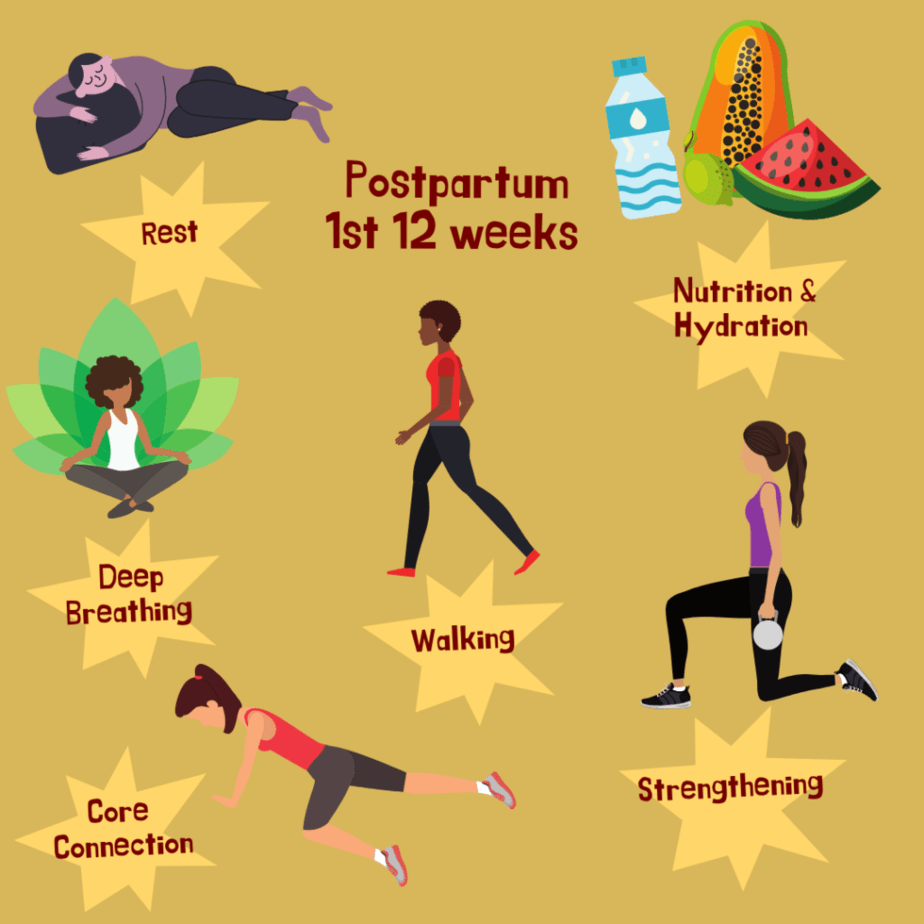
Sleep, Nutrition, and Hydration: These are essential for recovery and not easy to prioritize during periods of stress. If given the option, choose sleep over returning to exercise too quickly. Focus on healthy nutrient dense foods to ensure optimal healing, and make sure to stay hydrated.
Diaphragmatic Breathing: Simple breathing exercises help to establish a core connection and work to strengthen the pelvic floor. A diaphragmatic breath involves contracting and relaxing the diaphragm. As you inhale the belly expands and the pelvic floor relaxes. As you exhale the pelvic floor contracts upward in synergy with the diaphragm, forcing the breath out. Practice 1 x 10 breaths 3 times a day.
Walking or Treadmill Hiking: Low-impact exercise during the first 12-weeks builds strength, promotes tissue healing, and has enormous mental health benefits. Gentle walking can be resumed whenever ready. Gradually increase walking distance prior to building up intensity. More vigorous walking or uphill walking on a treadmill can be introduced at 4 to 6-weeks postpartum, but keep an eye out for pelvic floor warning signs.
Build Core Connection: Core strength begins with creating body awareness. Start with diaphragmatic breathing and then progress to deep abdominal activation exercises. Try lying on the floor with knees bent, followed by a slow exhale as you try to connect or hug your hip bones inward. Progress core connection with coordination, with things like bent knee drops, heel slides, or trying activation while sitting or standing.
Total Body Strength: Begin introducing gentle body weight strength training around 2-4 weeks. Make sure to include core connection and breath control. This can include squats, lunges, bridges, light upper body weights. As healing progresses, compound movements and light weights can be added around 6-8 weeks.
We Can Help!
Body Harmony Physical Therapy offers one-on-one treatment sessions and provides individualized treatment programs for each patient.
This blog was created for informational purposes only and is not intended to be a substitute for professional medical advice, diagnosis, or treatment. Always seek the advice of your physician or other qualified health provider with any questions you may have regarding a health condition or before beginning a new exercise routine.
Written By: Victoria Garrett, PT, DPT


